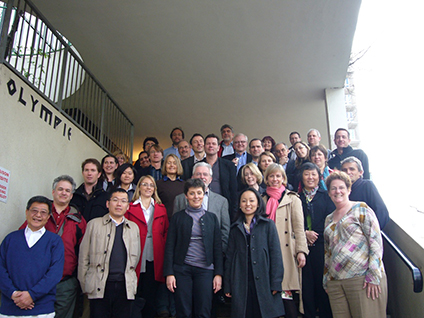
About Us

About Us
The International Head and Neck Cancer Epidemiology (INHANCE) Consortium was established in 2004, based on the collaboration of research groups leading large molecular epidemiology studies of head & neck cancer that are on-going or have been recently completed. When taken collectively, questionnaire data on over 26,600 cases & 37,900 controls, and biological samples from a majority of the study population would be available. These studies have been conducted in various regions of the world.
Worldwide, an estimated more than 745,000 head & neck cancer cases and 365,000 deaths due to head & neck cancer occurred in the year 2020. Head and neck cancers are a related group of cancers that involve the oral cavity, pharynx and larynx. While it is well-established that tobacco and alcohol account for at least 75% of head & neck cancers, important etiologic questions remain to be addressed: (i) the role of genes and their interactions with environmental factors, (ii) etiology in rare subgroups including young age at onset, and nonsmokers and nondrinkers, and (iii) the effect of human papillomavirus (HPV).
We have conducted pooled analyses of lifestyle risk factors such as alcohol beverage type and concentration, and also pooled analyses in rare groups such as early onset head and neck cancer cases, and nonsmokers/nondrinkers. We have coordinated genotyping from a list of priority SNPs and have assessed the effect of HPV infection. Working groups have been formed for research topics such as HPV, genetics/ DNA repair, nonsmokers/nondrinkers, early onset cases and occupational factors. We anticipate that the INHANCE consortium will be a major step toward improving our understanding of the causes and mechanisms of head & neck cancers and the beginning of a long-standing cooperation.
